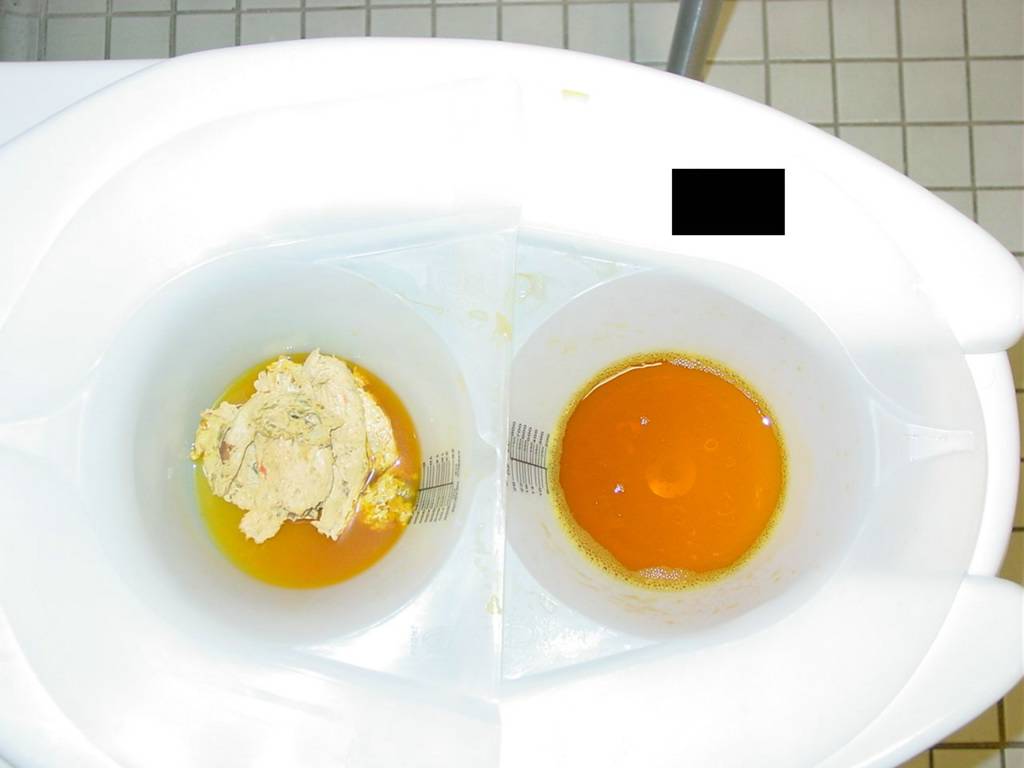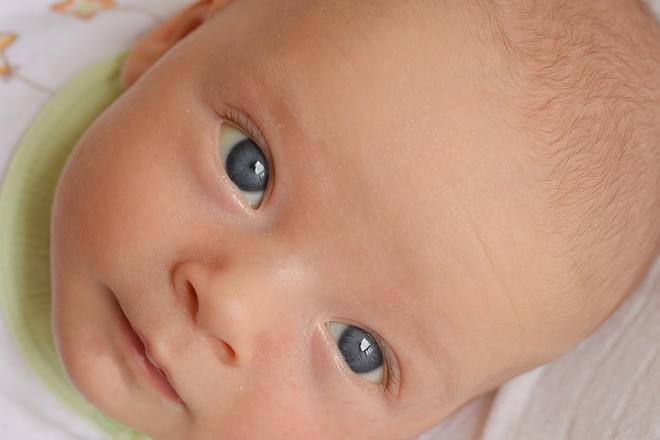

There is nothing to be alarmed if the baby’s bilirubin after birth is a little bit on the higher side. WHAT ARE THE CAUSES OF NEONATAL JAUNDICE? In rare cases neonatal jaundice could be a manifestation of liver disease, sickle cell anemia, blood infection, blocked up bowel or bile duct, underactive thyroid gland (hypothyroidism), liver inflammation (hepatitis), low levels of oxygen (hypoxia), syphilis or rubella. Other than this, the baby may appear drowsy, show inability to gain weight, feeding and sucking will be poor, urine will be dark in colour (ideally newborns’ produce colourless urine), may get cranky for a prolonged period of time, show pale face. It is generally noticed on the head and spreads out to other organs such as chest, arms, legs, stomach etc. The most apparent sign of infant jaundice is yellow skin.

WHAT ARE THE SIGNS AND SYMPTOMS OF NEONTAL JAUNDICE?
#Tinge of jaundice skin
Bilirubin is it is a waste product formed by breaking down the red blood cells.Įxcessive presence of bilirubin accounts for yellowish tinge of the baby’s skin and whites of the eyes. Neonatal jaundice or infant jaundice occurs when the level of bilirubin in the baby’s blood is more than the required level.

So if a baby is suspected to be affected with neonatal jaundice seeking a professional opinion is always better. Having said that it does not mean that this condition can be taken lightly as an untreated neonatal condition can cause brain impairment and even death. In an infant born at full term without any major health issues, neonatal jaundice is not a cause to panic. As many as 50% of all infants are prone to this condition. Ironically, it is seen more in baby boys than baby girls. Neonatal Jaundice is a commonly seen disease condition.


 0 kommentar(er)
0 kommentar(er)
